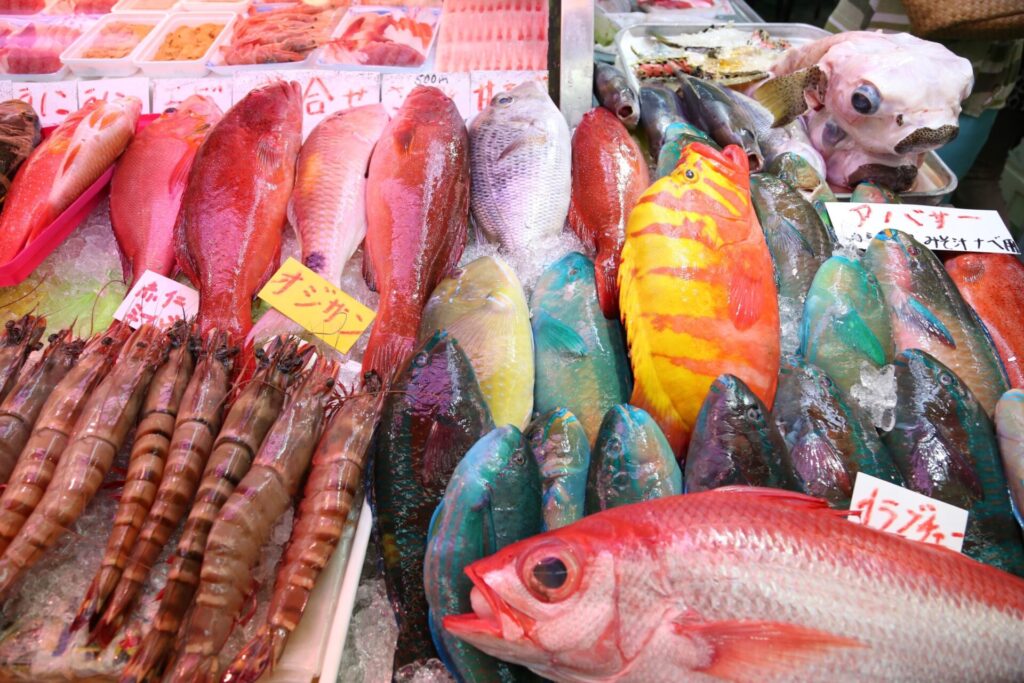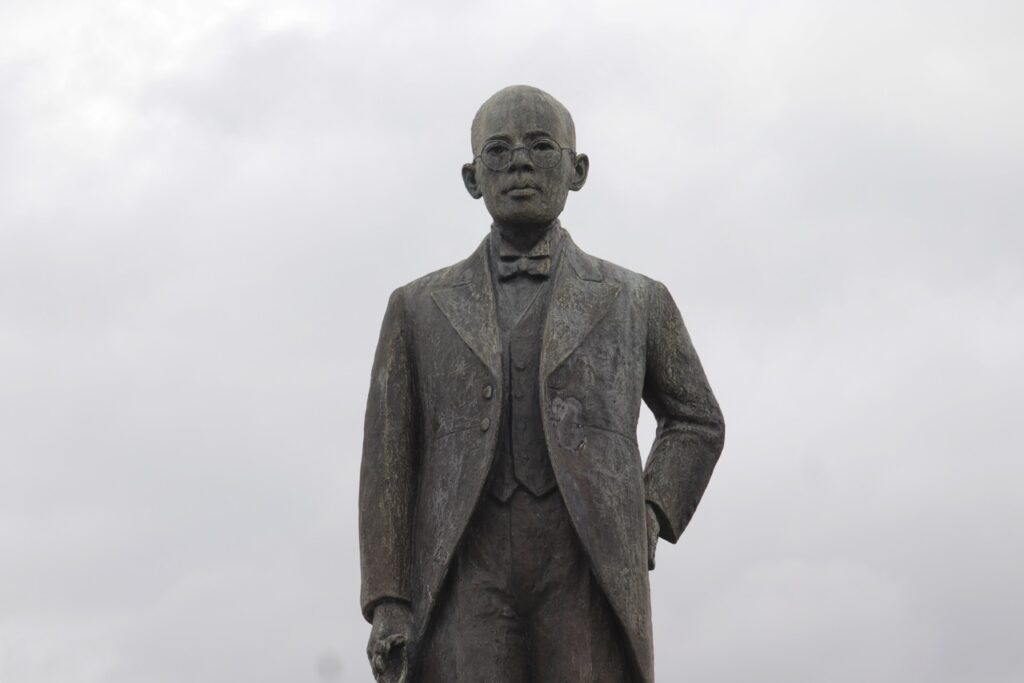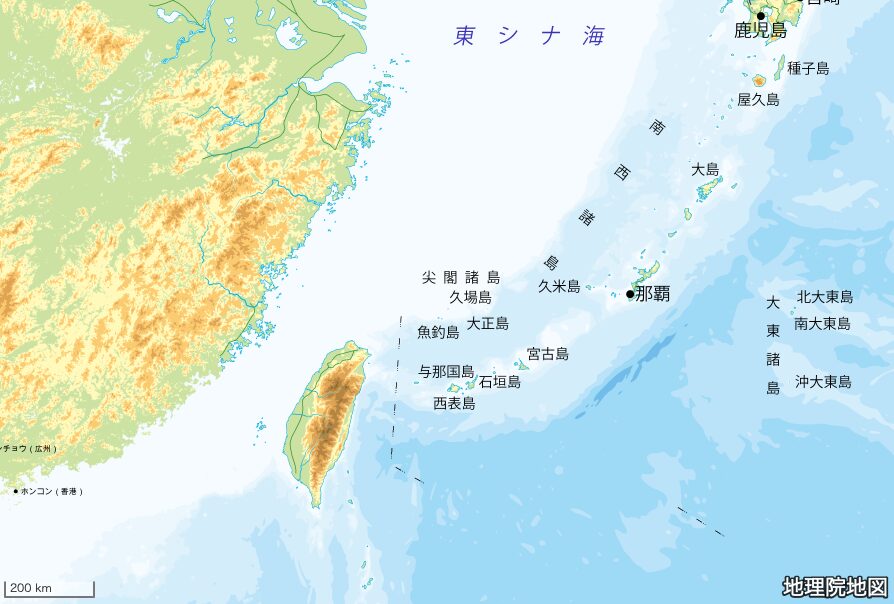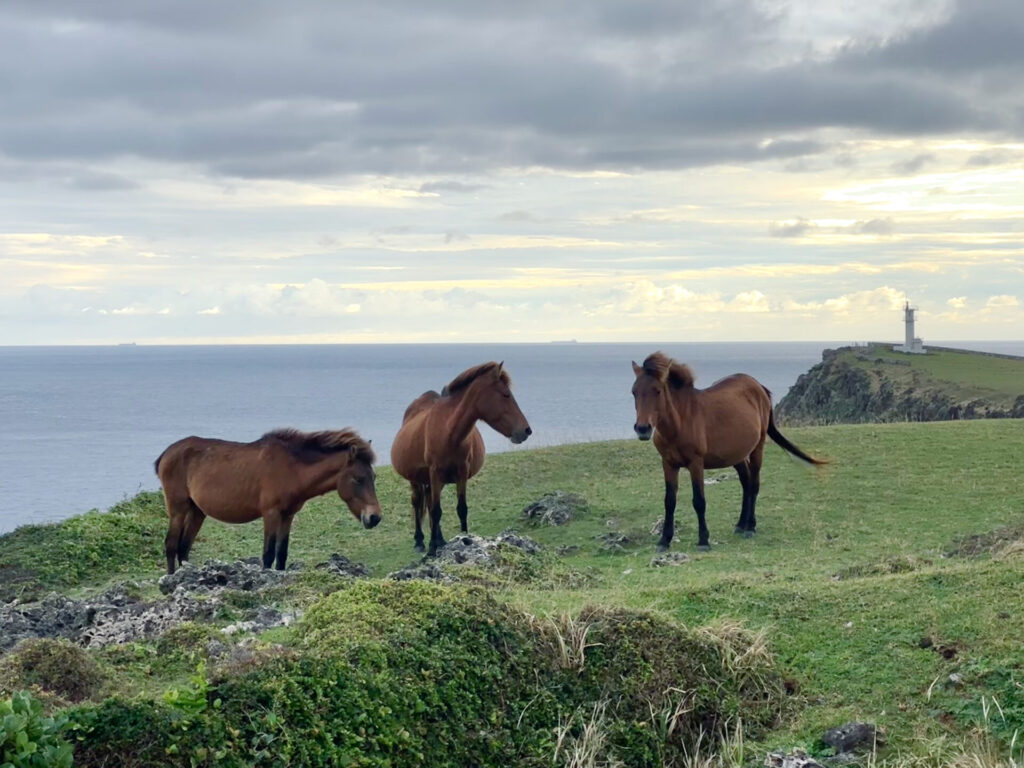Ryūka (Okinawan Poetry)

An assumption says that what was simply called “uta”—song or poem—came to be known as “ryūka”—Okinawan poems—after the Satsuma invasion in 1609, to make a distinction from the waka, the Japanese poetries.
Ryūka can be classified according to its formal features, such as the tanka (short poem), chōka (long poem), nakafū, kudoki, kiyari, etc. Tanka is especially dominant, and the term “ryūka” usually refers to this type. Here, we would like to introduce short poems of ryūka as it is in its narrow sense.
Let’s see their distinctive characteristics.
1. They have a fixed form of 8-8-8-6 syllables, a total of 30. (Thus its tune completely differs from that of waka, composed of 5-7-5-7-7 syllables.)
2. They are songs sung with a sanshin1. The first-ever compilation of ryūka, Ryūka Hyakkō Kenjū Setsuryū (1795) is sorted by the sanshin melody to sing with the poem. Over the long course of time, the idea to apply a certain melody to a certain verse seems to have developed naturally. For example, for a melody called Unna-bushi, there exists 20 poems to be sung with. In other words, rather than written, they were hummed along a sanshin, and sung out loud rather than being read at first.
3. It is not yet well known how singing with a sanshin affected the 8-8-8-6 sound pattern.
4. Many of the classical poetries are linked with Okinawan classical dances. Ryūka is to be danced.
5. The author is unknown for a very large number of the songs. The largest compilation popular today, Hyōon Hyōshaku Ryūka Zenshū (by Shimabukuro Seibin and Onaga Toshio, 1968, Musashinoshoin) contains 3000 poems, among which 1700 have no authors.
Here are a few examples of ryūka:
Unna matsi shitani Chijinu fenu tachiyusui
Kuishinubu madinu Chijiya nesami
Under the pine of Onna, stands a notice of prohibitions
Though it won’t say one shall not fall in love
(by Unna Nabi, Unna-bushi melody)
Miguswiku ni nubuti Tisaji mucha giriba
Haifuni nunareya Chumi du miyuru
At the Migusuku3, I raise my handkerchief and wove in farewell to my husband
As it is so often for a running boat, only a glimpse I may catch
(author unknown, Hanafū melody)
Shudunmi yarabinu Yuchi nurunu haguchi
Itsika yunu kuriti Mikuchi suwana
That girl of Shodon4, her teeth white as snow
How I wish the night falls fast to kiss that beautiful girl
(author unknown, Shudun-bushi melody)
Ijunu kinu hanaya An churasa sachui
Wanun ijunu gutwu Mashira sakana
The flowers of a tree of iju5, how they bloom sweetly
I wish to be an iju to bloom so purely white
(author unknown, Binuchi-bushi melody)
The written expression and pronunciation refer to the Ryūka Zenshū mentioned above. I left a space between to make the 8-8-8-6 syllables6 easy to see. Due to the limited space, I intentionally did not give any interpretation7. For non-Okinawan speakers, including me, one may see that the ryūka are very difficult to understand.
Below are some of my personal thoughts as an amateur reader of ryūka.
1. The written expression of kanji and hiragana differs a lot from the actual pronunciation above. It may be because of an attempt to bring them closer to the Japanese notations when recording. A theory also explains that the Okinawan pronunciation at that time was closer to this expression. Anyways, this notation is making it even harder to catch the rhythm.
2. A theory says that while the omoro are antique epic songs, ryūka are personal lyrical ballads that slipped out from the ancient community which established the omoro. But is that so, when the most captivating of the ryūka are “author unknown” that bear fruits from communal emotions?
3. Leading poets of ryūka include Heshikiya Chobin, Tamagusuku Chokun, Unna Nabe, Yoshiya Umichiru, etc. Among them, I believe only the works of Unna Nabe can stand equally with the “author unknown.” Unna Nabe is a woman from an early 18th-century farming village, and nothing more is known: all of her career remains only in the legends. Her works do not carry any personality but bear the strength to write straightforward communal emotions. Thus, it owns a characteristic similar to the “author unknown.”
4. In a community that continued unbroken from the age of the kingdom, ryūka has been sung to music. I reckon that is where the core of its charm lies.
5. However, ryūka remains to this day as a form of poetry in which the Okinawan people express their sentiments. Even now, there is a “Ryūka Section” in newspapers that receive quite a number of posts. We cannot play that down, though, in my personal view; I think the traditions of ryūka lie rather deeper in the singing of Kina Shokichi, or China Sadao8.
Editor’s Note:
- An Okinawan string instrument.
- Onna, or Unna, is a village in the central area of Okinawa Island.
- An edifice at the mouth of the Naha Port.
- A village on the Kakeroma Island.
- A tree indigenous to Okinawa.
- Capital letters are inserted in the English version to note the 8-8-8-6 syllables.
- The interpretation was added to the English version.
- KINA Shokichi and CHINA Sadao are both Okinawan musicians.








































































































































































































































